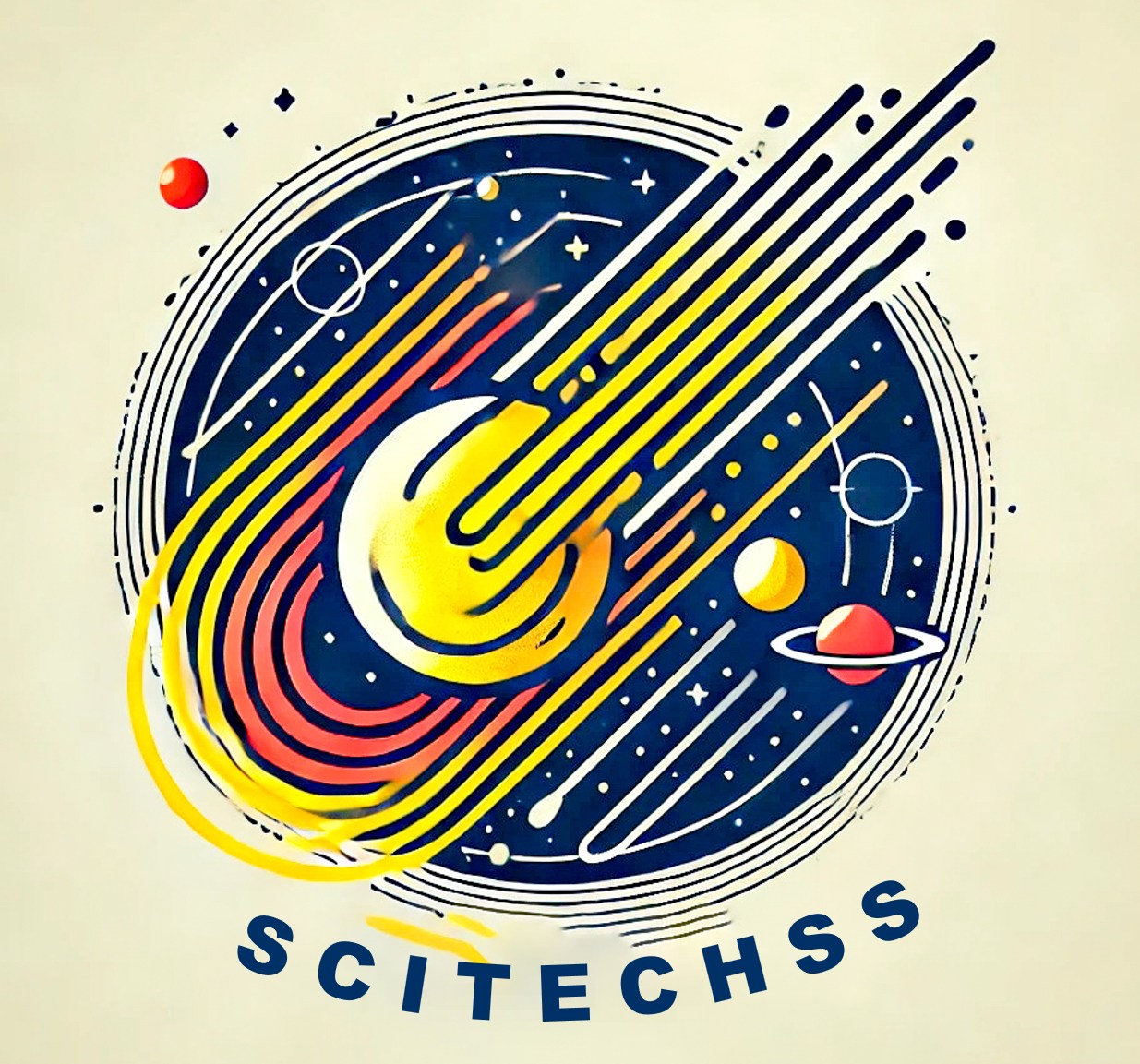The Science and Technology for Solar System Exploration Group (SCITECHSS) is a research and development team dedicated to advancing our understanding of the solar system. It comprises experts in various scientific and engineering disciplines. Our main goals are the development of innovative technologies and methodologies to explore bodies of our solar system, and to analyze and interpret the scientific data collected by instruments on board space missions.
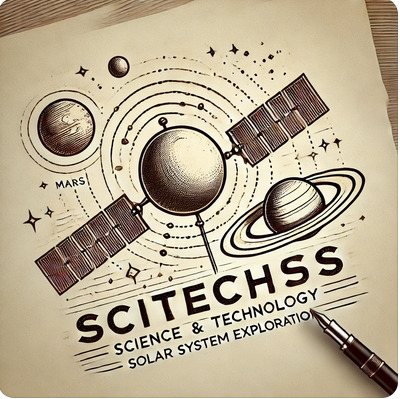
Key Areas of Focus
Planetary Science. Currently, we are involved in BepiColombo, Juice, and Envision.
BepiColombo: The BepiColombo mission is a collaborative effort between the European Space Agency (ESA) and the Japan Aerospace Exploration Agency (JAXA) to explore Mercury. Launched on October 20, 2018, the mission consists of two spacecraft: the Mercury Planetary Orbiter and the Mercury Magnetospheric Orbiter. Its primary objectives are to study Mercury’s surface, geological history, and magnetic field, providing insights into the formation of terrestrial planets. The spacecraft will use a series of gravity assists, including flybys of Earth, Venus, and Mercury itself, to reach its destination by 2025. BepiColombo aims to enhance our understanding of extreme environments and contribute to planetary science as a whole. The mission is named after the Italian scientist Giuseppe “Bepi” Colombo, who made significant contributions to the study of Mercury. We are participating in two instruments: the laser altimeter BELA and the camera SIMBIO-SYS.
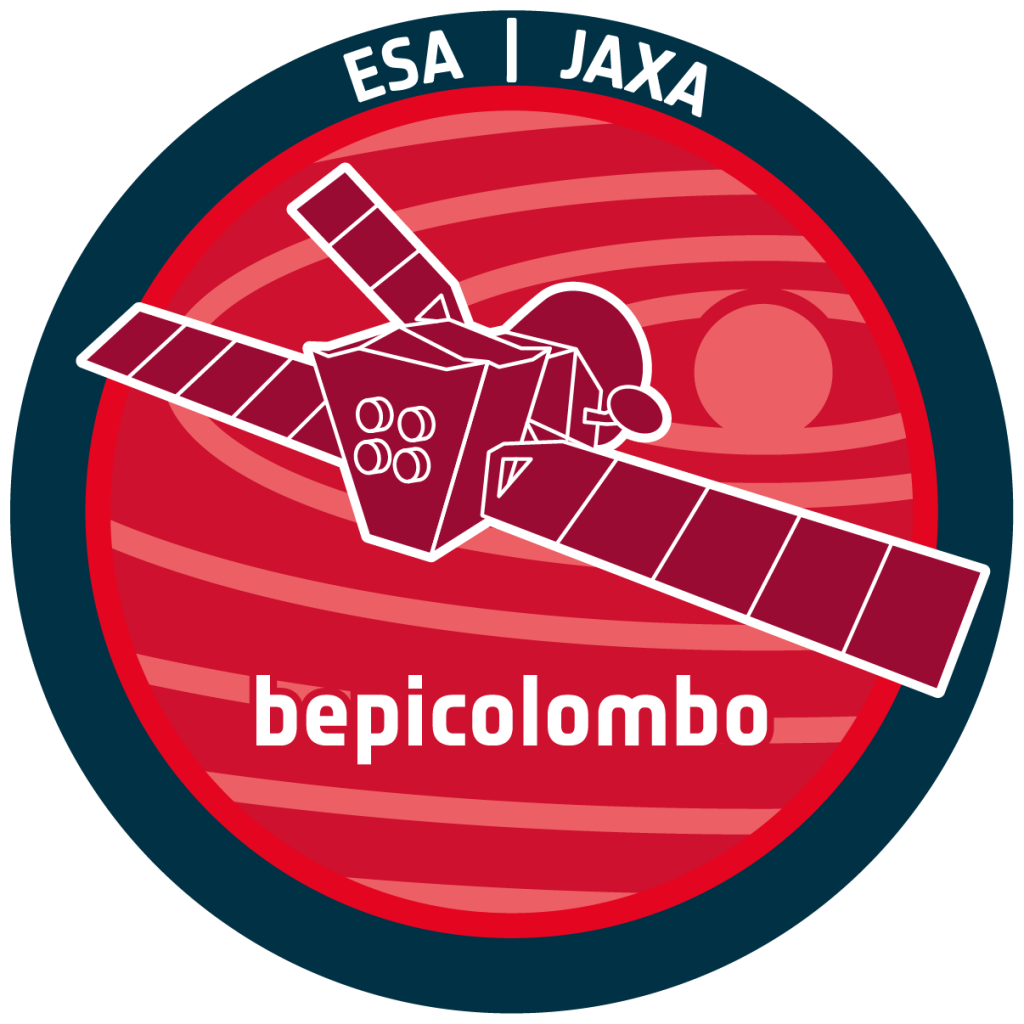
Juice: The JUICE (JUpiter ICy moons Explorer) mission is a European Space Agency (ESA) initiative aimed at exploring Jupiter and its largest icy moons: Ganymede, Callisto, and Europa. It was launched in 2023, and it will investigate the moons’ potential habitability and their subsurface oceans. Equipped with advanced scientific instruments, the spacecraft will conduct detailed observations of the moons’ surfaces, atmospheres, and magnetic fields. The mission aims to deepen our understanding of the Jupiter system and the conditions that might support life beyond Earth. JUICE is expected to arrive at Jupiter in 2031, paving the way for groundbreaking discoveries in planetary science. We are participating in two instruments: the laser altimeter GALA and the camera JANUS.
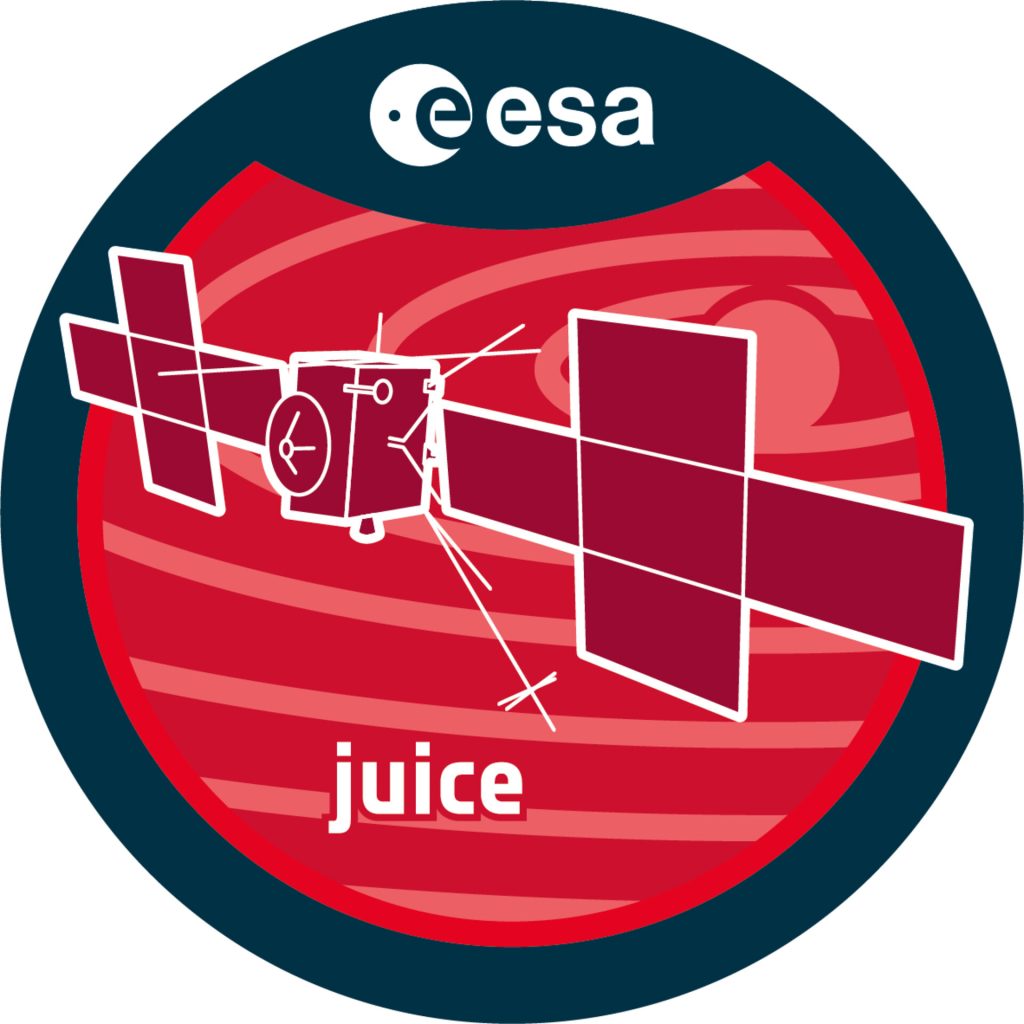
Envision: The EnVision mission is a European Space Agency (ESA) initiative designed to study Venus, focusing on its geology, atmosphere, and potential for past habitability. Scheduled for launch in the early 2030s, EnVision will utilize a sophisticated synthetic aperture radar to map the planet’s surface in detail and analyze its geological features. The mission aims to uncover the processes that shaped Venus and compare its evolution to that of Earth, enhancing our understanding of rocky planets in our solar system. By investigating the thick atmosphere and surface conditions of Venus, EnVision hopes to shed light on the planet’s climate history and the mechanisms behind its extreme environment. We are participating in the instrument VenSpec.
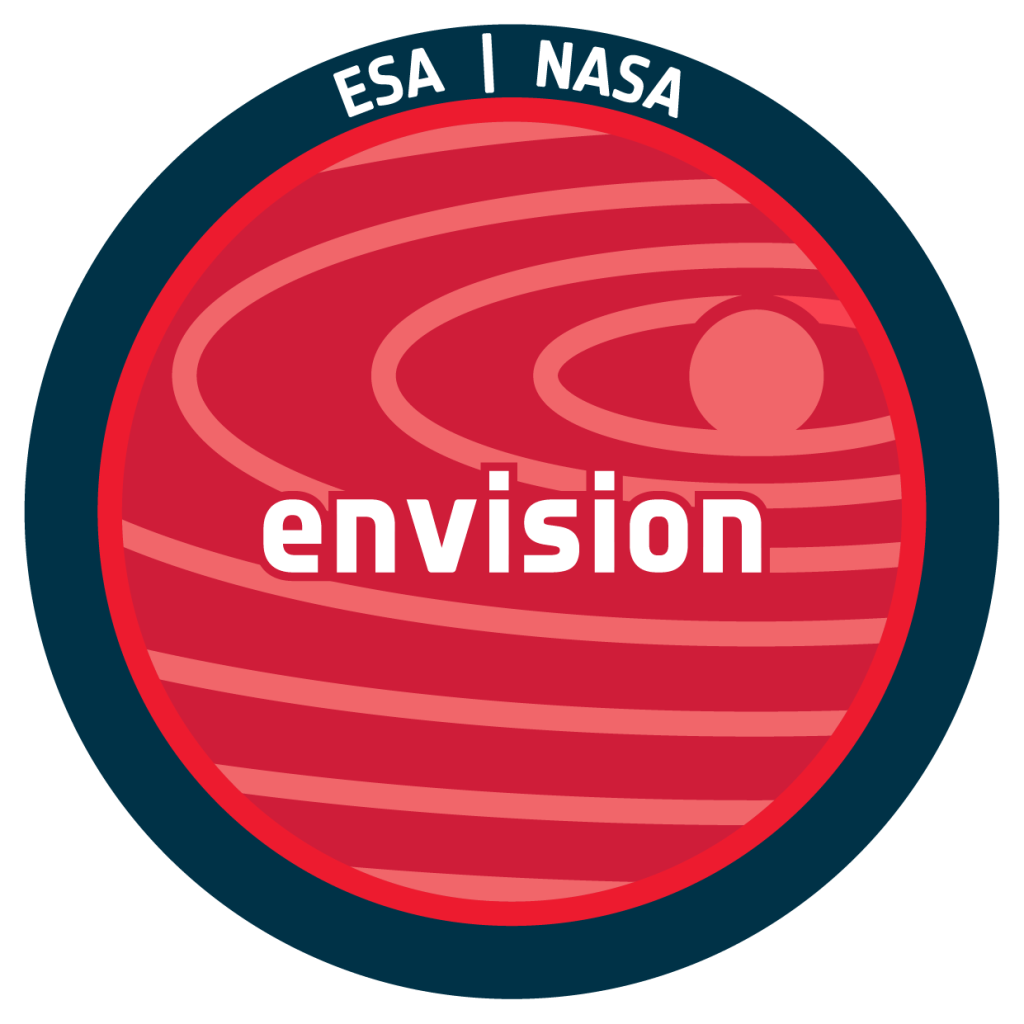
Another research topic of our team is modeling and analysis of exoplanet atmospheres. Main research goals are the understanding of photochemical processes in atmospheres of different types of exoplanets – from hot Jupiters to earth-like rocky exoplanets – with a diverse range of possible atmospheric compositions (including the study of atmospheric biosignatures); modeling the temperature-pressure structure of hot and ultra-hot Jupiters and understanding large scale winds in their atmospheres; simulations of atmospheric emission and transmission spectra using up-to-date radiative transfer models; development and application of the atmospheric retrieval algorithms used for the analysis of low- and high-resolution data from space and ground.

Small bodies. After our participation in the Rosetta mission, we are currently involved in the fascinating Comet Interceptor.
Comet Interceptor: The Comet Interceptor mission is a collaborative project between the European Space Agency (ESA) and the Japanese Aerospace Exploration Agency (JAXA), designed to study a comet that is yet to be discovered. Scheduled for launch in 2029, the mission aims to reach and analyze a pristine comet, providing insights into the early solar system and the materials that contributed to planet formation. Comet Interceptor consists of three separate spacecraft that will separate upon arrival to perform detailed observations of the comet’s nucleus, coma, and tail. This innovative approach will allow us to gather a wealth of data on the comet’s composition, structure, and behavior. We are participating in four instruments: the all-sky camera and polarimeter EnVisS, the camera OPIC, the mass spectrometer MANIAC, and the camera CoCa.
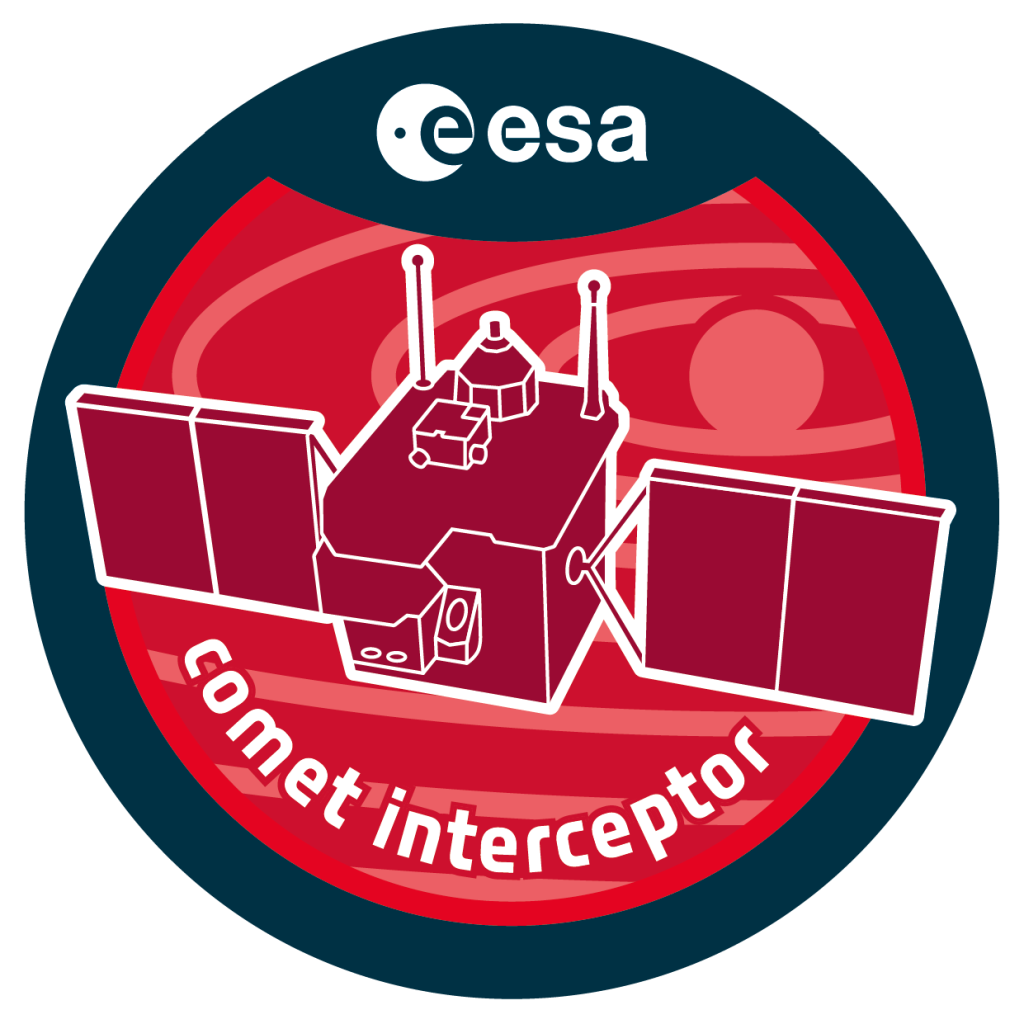
Past missions.
- Rosetta: The Rosetta mission, launched by the European Space Agency (ESA) in 2004, was a groundbreaking endeavor to study comet 67P/Churyumov-Gerasimenko. It made history by becoming the first spacecraft to orbit a comet and deploy a lander, Philae, onto its surface in 2014. Rosetta provided invaluable data on the comet’s composition, structure, and activity, revealing insights into the early solar system and the building blocks of life. The mission concluded in 2016 when Rosetta was deliberately landed on the comet, allowing it to gather final data before shutting down. Overall, Rosetta significantly advanced our understanding of comets and their role in the evolution of planetary systems.
All images shown in this page were AI generated or correspond to the official logos of the ESA missions.
